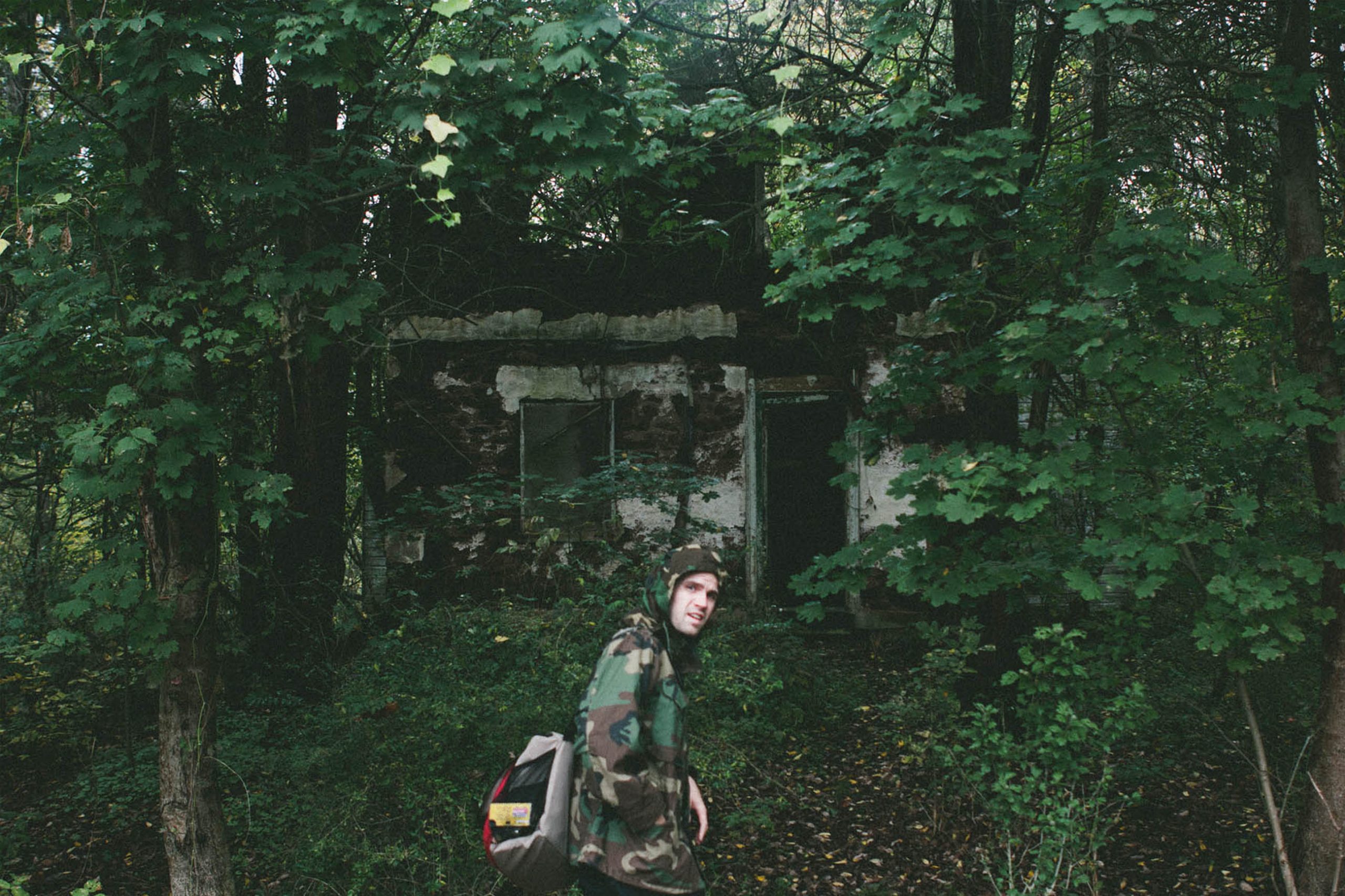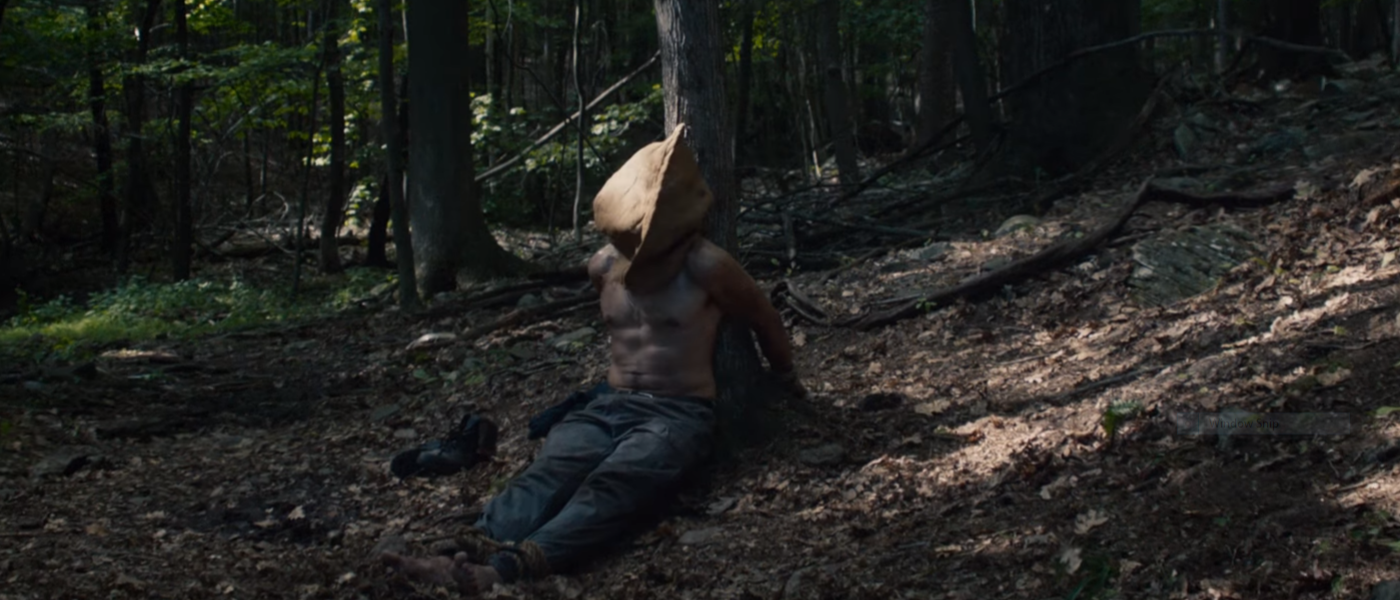Thirty-eight years after Alfred Hitchcock’s iconic Psycho debuted the world was met with a remake. Helmed by Gus Van Sant (Good Will Hunting, Milk), Psycho (1998) is a nearly shot for shot remake of Hitchcock’s original vision. It’s been critically panned since its release, and rightfully so.
The best place to begin is with what was kept. The script was almost entirely untouched, with only a few small lines thrown in to reflect the then-modern setting. Similarly, the score was adapted by Danny Elfman for the film, retaining much—if not all—of its character. On paper, audiences could expect the same tale of a woman on the run, a madman, and his mad mother. The execution, however, leaves much to be desired.
The film sought to be an updated retelling, both homage and duplicate. It was an overly ambitious goal. While the script was retained, lines like “let me get my Walkman” were thrown in for flavor. There’s also a sort of dissonance between the script and the visuals, using expressions and phrases not often heard in the 90s. There’s nothing inherently wrong with the script, particularly in the original film, but the remake’s selective modernization was a frustration.
All that said, the bulk of the trouble with Van Sant’s film is in the visuals. First and foremost, the addition of color felt like a betrayal. This was perhaps a consequence of late 90s film coloration trends, but coloring the film was pointless at best. At worst it blatantly ignores the symbolism of the original. Another significant visual issue is the lighting, particularly in the bathroom. It’s a blindingly white space with what seems a flood light for a ceiling lamp. It gives those scenes an almost amateur feel.
All of this is contrasted to Hitchcock’s original work. The film was intentionally made on as tight a budget as possible. Filming in black and white was a part of that budget, but the black and white also made for a visually striking film. Hitchcock leveraged the limitations of black and white to play effectively with shadows and contrast.
The cinematography is largely maintained, with very few changes. One historically significant change is the opening shot of the film. A sweeping crane shot of the city that flows into the hotel room is, apparently, what Hitchcock envisioned but technology forbid. Van Sant made this shot a reality, and it is indeed a fun start to the film. Other additions went over less well, like adding random shots of rolling thunder, a half-naked woman, and livestock to violent scenes. There’s also an odd choice to maintain the rear-projection techniques used in the stair fall scene with Arborgast, rather than use updated effects. In a film that was so eager to up the blood and effects, this felt out of place.
The last thing that must be addressed is the casting, the people who brought this vision for Psycho to life. Vince Vaughn and Anne Heche take up the parts of Norman and Marion. Viggo Mortensen plays the boyfriend Sam and Julianne Moore plays Marion’s sister Lila. William H Macy rounds things out as Arborgast. It’s a respectable cadre, but it ultimately falls flat.
Vaughn and Heche, respectably, sought to interpret the characters in a new way. The trouble is that Vaughn maintains too many of Perkins’ ticks with none of the charm, and Heche’s Marion is just less likeable in general. Rather than an awkward but ultimately non-threatening Norman, we have a candy corn munching sexual deviant who wastes no time in masturbating to the undressing Marion. This addition in particular was both unneeded and insulting, as if audiences couldn’t figure out he was a creep without the sound of a belt followed by a muffled and rhythmic movement.
It’s not entirely clear what Gus Van Sant meant to accomplish with this remake of Psycho. It’s not a carbon copy, but it doesn’t establish its own identity enough. The unwillingness to commit to the old or the new leaves the film in limbo. Hitchcock crafted a palpably tense film that marked cinema forever. Van Sant, on the other hand, has just created a nearly two-hour reminder that the original Psycho is a good movie and remakes are incredibly difficult. It’s not enough to say that there’s a winner between these two films, they’re not even in the same league. Psycho (1960) is a piece that all movie lovers should see at least once, but Psycho (1998) is really just one for the historians and the morbidly curious.




